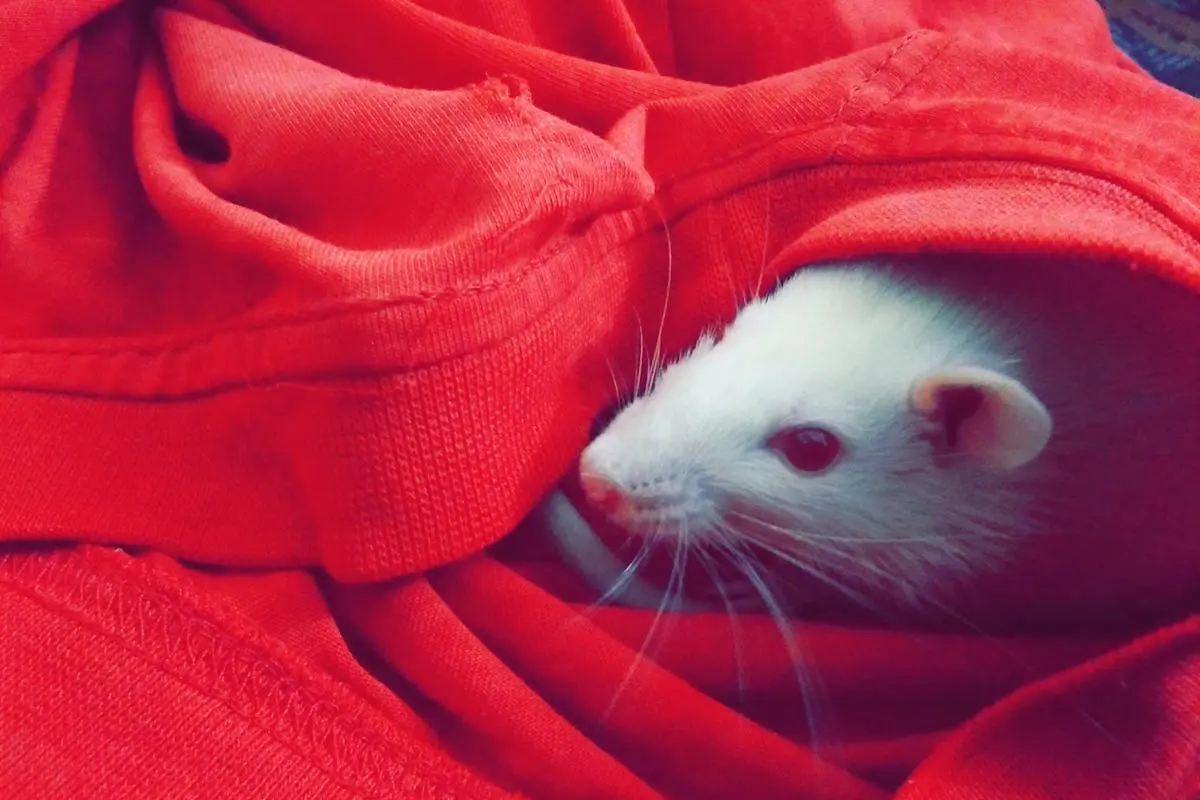The Environmental Benefits of Using Non-Repellent Pesticides in Effective Rodent Control
Discover the environmental advantages of utilizing non-repellent pesticides for effective rodent control in our blog ‘The Environmental Benefits of Using Non-Repellent Pesticides in Effective Rodent Control’.


Understanding non-repellent pesticides
Non-repellent pesticides are a type of solution that do not repel pests, like rodents but instead, they are designed to be attractive to them. These pesticides can be used as an effective method for controlling rodent infestations in a more eco-friendly way. Non-repellent pesticides work by allowing pests to come in contact with the product without them being aware, which can help in effectively eliminating the pests. It is considered a more environmentally friendly approach compared to traditional repellent pesticides as it reduces the risk of pests simply avoiding the treated areas.
Why choose non-repellent pesticides for rodent control
Non-repellent pesticides break down quickly in the environment compared to traditional pesticides. This means they are less harmful to non-target organisms like birds and mammals. Non-repellent pesticides are also effective at controlling rodents because they do not create a barrier that rodents can detect. Rodents are less likely to avoid these pesticides, making them more successful in eradicating rodent infestations.
Environmental advantages of non-repellent pesticides
Non-repellent pesticides provide effective rodent control while offering environmental benefits. They are less harmful to non-target organisms and minimize pesticide runoff into water sources, reducing environmental damage. Additionally, these pesticides have lower toxicity levels, decreasing harm to beneficial insects and animals in the ecosystem.
How non-repellent pesticides improve rodent control effectiveness
Non-repellent pesticides are more effective in controlling rodents compared to repellent ones. They work by allowing pests to come into contact with the pesticide without detecting it, leading to higher success in eliminating rodent infestations.
Safety considerations when using non-repellent pesticides
Non-repellent pesticides are safer to use in rodent control compared to traditional repellent pesticides. They do not alert pests, allowing for more effective control. When using non-repellent pesticides, ensure proper ventilation in the treated area to prevent any health risks. Store these pesticides away from children and pets to avoid accidental ingestion. Wear protective clothing and gloves when handling these chemicals to safeguard your skin. Follow the manufacturer’s instructions carefully to maximize their effectiveness while minimizing risks to humans and the environment.
Comparing non-repellent and traditional pesticide use
Traditional pesticides repel rodents, causing them to scatter and relocate their nests. This can make controlling a rodent infestation more challenging. On the other hand, non-repellent pesticides are not detected by rodents, allowing them to unknowingly come into contact with the substance and spread it within their colonies. This increases the effectiveness of the pest control treatment as it targets the entire rodent population.
Long-term impact of non-repellent pesticide use
Non-repellent pesticides have a lasting impact on controlling rodents. They are effective in eradicating rodent populations over an extended period. According to research, non-repellent pesticides have been shown to provide a more sustainable solution for rodent control compared to traditional repellent pesticides.
Regulatory perspective on non-repellent pesticide application
Regulatory agencies are increasingly recommending the use of non-repellent pesticides for rodent control due to their effectiveness and reduced environmental impact. These pesticides are favored for their ability to target pests directly without being detected, making them a valuable tool in pest management. Non-repellent pesticides are considered safer for the environment as they minimize the risk of contamination to water sources and non-target organisms. Moreover, regulatory bodies often encourage the use of these pesticides as part of integrated pest management strategies to promote sustainable and eco-friendly pest control practices.
Best practices for implementing non-repellent pesticides in rodent control
When applying non-repellent pesticides for rodent control, follow these best practices:
- Identification: Determine the type of rodent and extent of the infestation.
- Selection: Choose the right non-repellent pesticide based on the specific rodent species and the environment.
- Application: Apply the pesticide in areas where rodents are active, following the manufacturer’s instructions.
- Monitoring: Regularly check the treated areas for rodent activity to assess the effectiveness of the treatment.
- Safety: Always use protective gear when handling pesticides, and keep them away from children and pets.
- Professional Help: When in doubt, consult a pest control professional for guidance on using non-repellent pesticides effectively.
Conclusion: Sustainable rodent control methods
Using non-repellent pesticides for rodent control not only effectively manages rodent populations but also promotes sustainability. These methods prioritize the environment by minimizing harm to non-target species and reducing pesticide contamination. By choosing sustainable rodent control solutions, we can safeguard our ecosystem while effectively managing rodent infestations.


